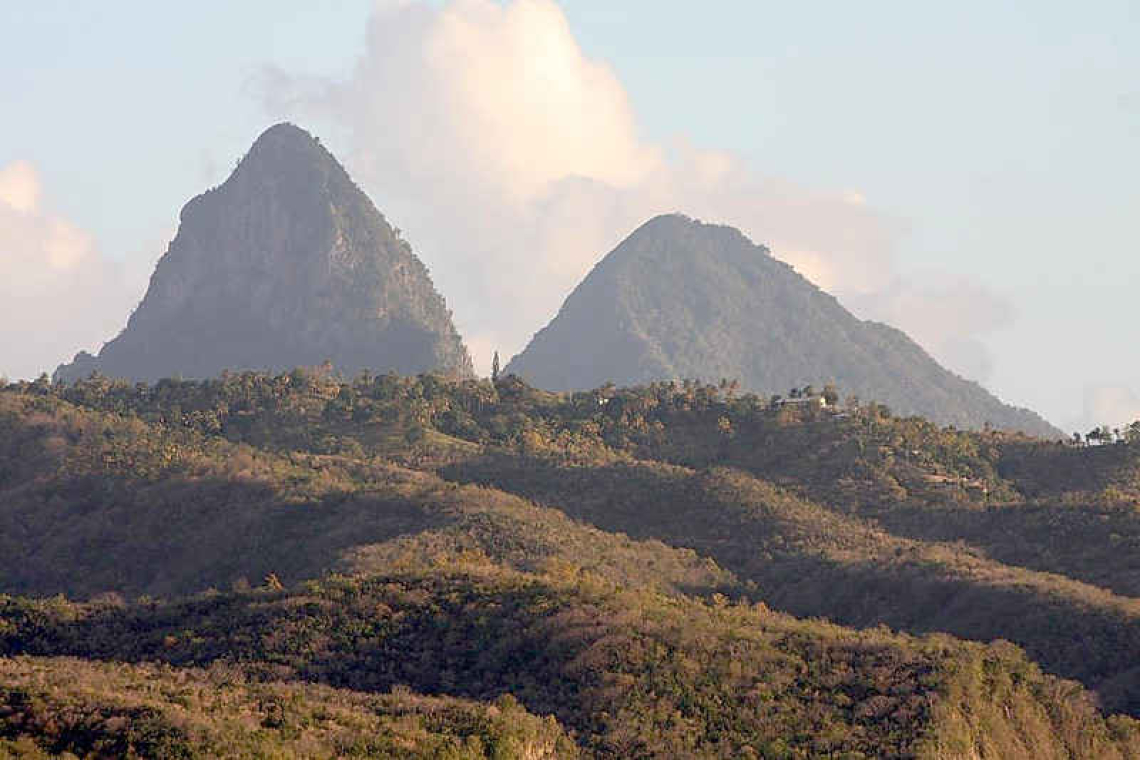By Isaiah
Have you ever taken a soda can, shook it up and then popped the top? The result is like a volcano. Instead of molten or melted rock shooting out the top, it is bubbly soda, but the effect is similar. You have a mess. Of course, with a volcano, the mess is an explosion of gas and ash and lava. This mess can cause death and destruction.
Scientists have explored ways to prevent volcanoes from erupting and, once the top has been popped, they have tried to stop the eruption. You can think of it as a bottle of soda. If you open the bottle that has been shaken, you can try to put the cap back on before all the liquid escapes. It is not easy and usually does not work so well. The same is true for volcanoes.
So a volcano is a mountain with a build-up of pressure deep inside. That underground pressure is like shaking the bottle of soda. A soda bottle is made of thick glass and can hold back the pressure. But the Earth’s surface may not be as strong. The crust of our planet may have fractures and caves that are weak zones. As the pressure builds up, those weak spots break, they open up and then…Boom! The volcano erupts, shooting hot gases and ash up into the sky, and red-hot lava out to flow down the mountain side.
Scientists have explored many ways of drilling down into the Earth and opening a small vent to release pressure in slow controlled ways; but guess what? Sometimes, the drilling itself can cause an eruption. Once a volcano is actively erupting, scientists have explored ways of plugging, or corking, the volcano. They have actually tried pouring cement into the vent at the top. As you can imagine, the result is not always good. In fact, sometimes it is worse.
The eruption might be stopped for a short period of time; but eventually, the pressure builds back again, sometimes even higher. Then the cement is blown off the top, dropping large chucks of heavy concrete over the area potentially hurting a lot of people.
Mother Nature sometimes plugs the volcano. As the molten rock reaches the surface, it starts to cool. This cooling rock can harden in the vent and form a plug. But even a natural plug can cause a build-up of pressure and this can sometimes lead to an explosive eruption.
Scientists have gotten good at detecting when the earth’s crust is building up pressure. Since no one yet knows how to stop the pressure from building, it seems the safest thing to do is move people away from areas where a volcano might blow.
These volcanic plugs are fascinating. You can see them all over the world. It is not just a small patch of hardened rock at the surface. No. it is a tower of cooled material. They look a lot like rocket ships standing tall ready to blast off. They are shaped that way because they are a mould of the inside of the volcano.
We see these tall columns of hardened lava when the volcanic mountain has been eroded away by thousands of years of wind and rain. After years of erosion, the softer rock is washed away, but the hardened column of lava is dense and strong, it resists erosion.
Some examples of volcanic plugs are Kapsiki Peak in Africa, the Borgarvirki plug in Iceland, a famous plug in the town of Motta Sant’Anastasia in Italy. In France, there is a plug the rises 279 feet. The United States has its share of plugs with examples in California, Oregon, Arizona, and Wyoming. Canada has several plugs with the most famous being Castle Rock, in British Columbia. Plugs can also be found in both New Zealand and Australia.
But most interesting to me is that there are plugs in the Caribbean, too. Yes, the island of St. Lucia has Gros Piton and Petit Piton. Ready for this? They are 2,530 feet above the Caribbean Sea. This pair of peaks has been listed on the UNESCO (United Nations Educational, Scientific and Cultural Organization) World Heritage Site.
So next time you drink a soda, remember pressure build-up can be a dangerous thing that is hard to stop.







